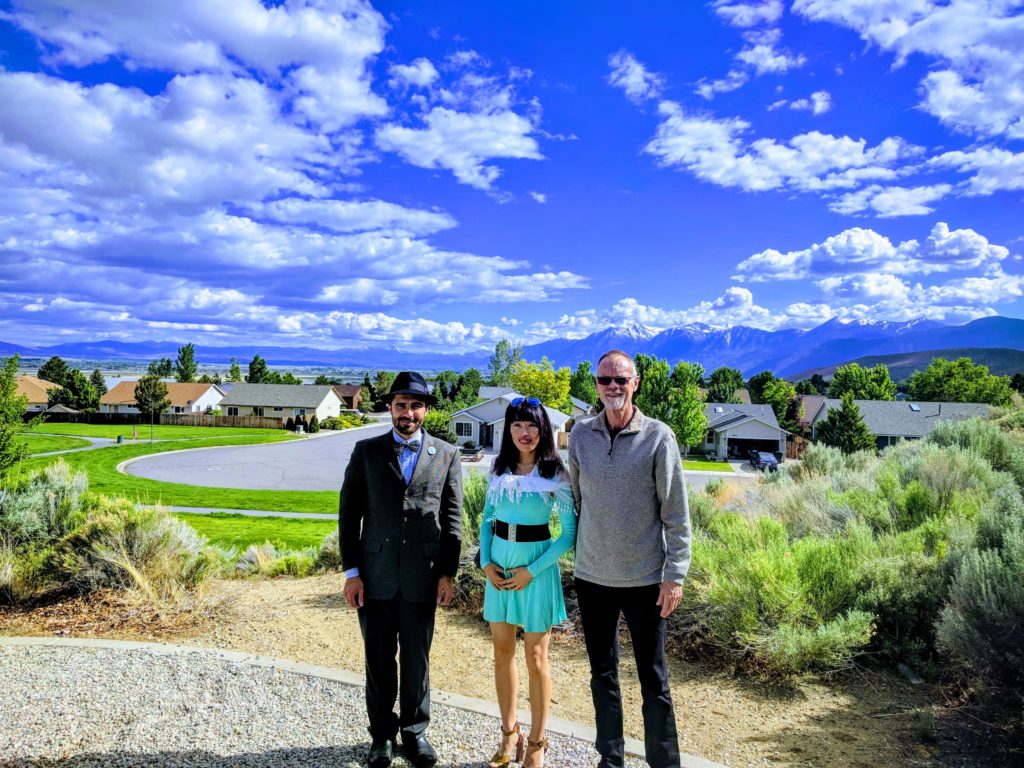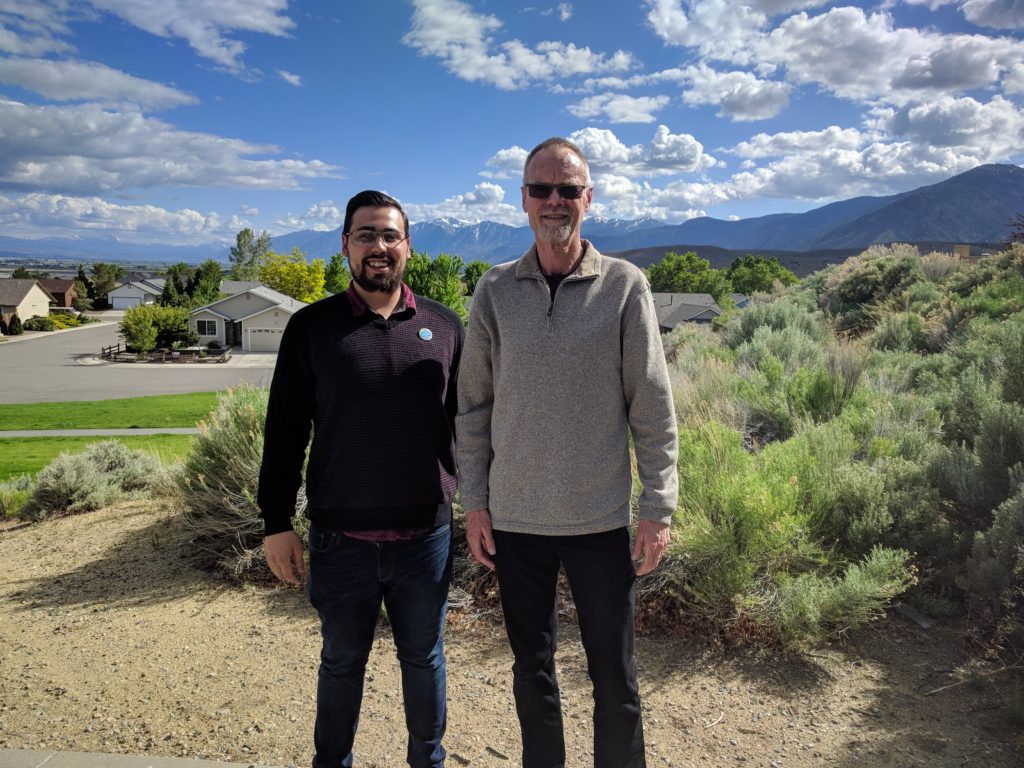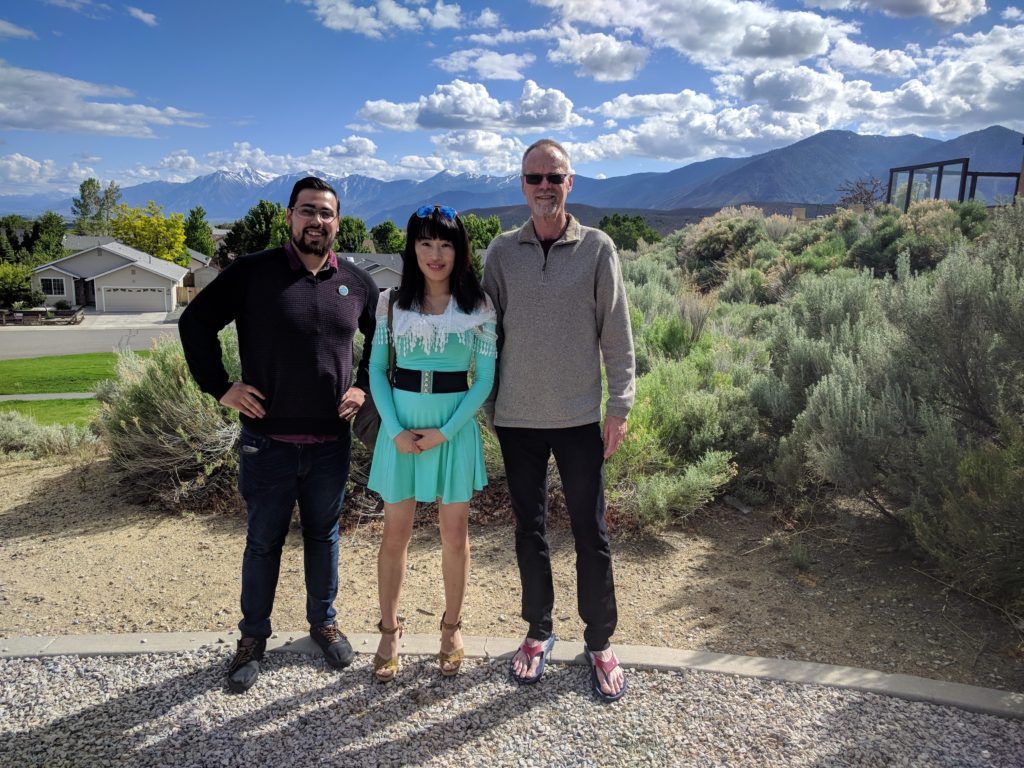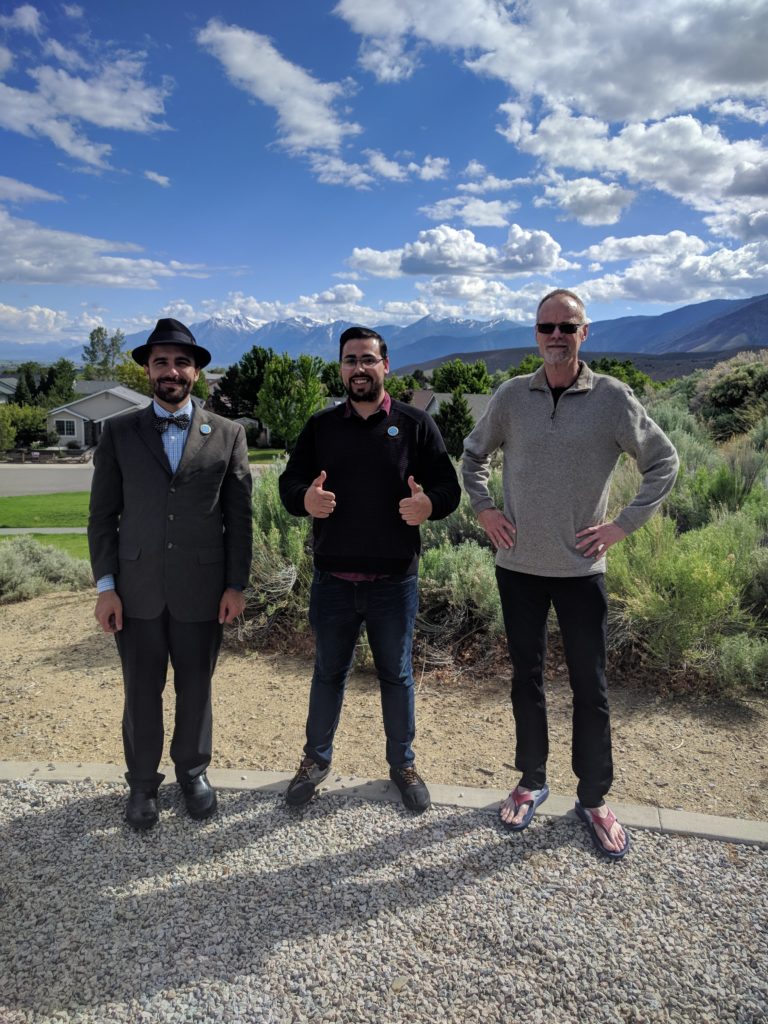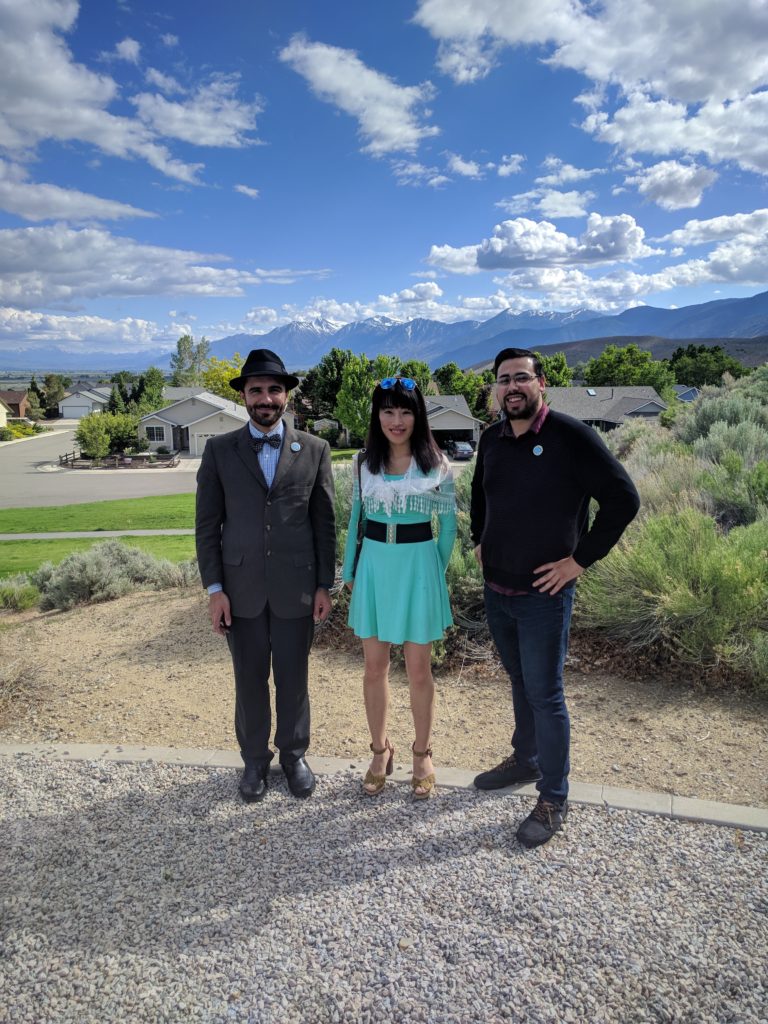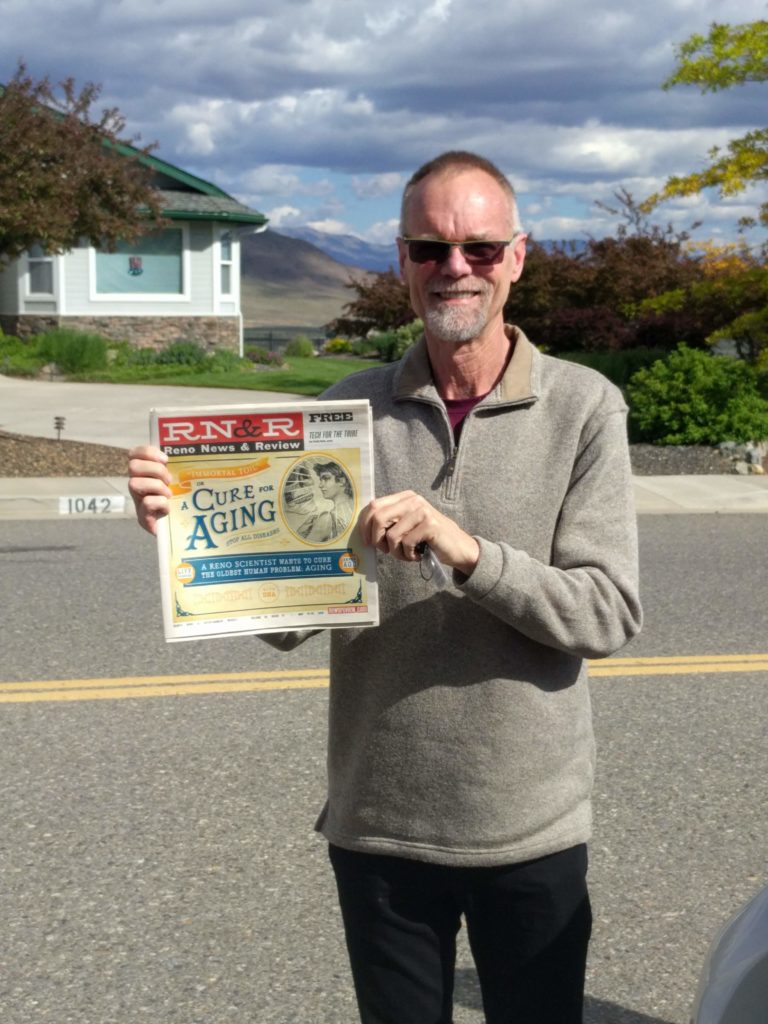One headline reads “British baby given genetically-edited immune cells to beat cancer in world first.” Another headline reads “Top biologists debate ban on gene-editing.” It’s a literal life-and-death debate.
And if you care to live, pay attention to this philosophical clash!
Exponential growth in genetic engineering
Genetic engineering is on an exponential growth path. In 2001 the cost of sequencing a human-sized genome was about $100 million. By 2007 the cost was down to $10 million.
 Now it’s just over $1,000. Scientists and even do-it-yourself biohackers can now cheaply access DNA information that could allow them to discover cures for diseases and much more.
Now it’s just over $1,000. Scientists and even do-it-yourself biohackers can now cheaply access DNA information that could allow them to discover cures for diseases and much more.
Recently, for example, baby Layla Richards [at right] was diagnosed with leukemia. But when none of the usual treatments worked, doctors created designer immune cells, injected them into the little girl and the treatment worked. She was cured.
Designer babies?
But there have been concerns about such engineering for decades; indeed, precautionary guidelines were drawn up by a group of biologists at the 1975 Asilomar conference in California. And now, at a joint conference in Washington, D.C. of the National Academies of Medicine and Sciences, the Chinese Academy of Sciences and the Royal Society of the United Kingdom, a cutting-edge genetic engineering tool known as CRISPR-Cas9 came under attack because it can be used to edit the genomes of sperm, eggs, and embryos.
National Institutes of Health director Francis Collins argued that the children that would result from such editing “can’t give consent to having their genomes altered” and that “the individuals whose lives are potentially affected by germline manipulation could extend many generations into the future.” Hille Haker, a Catholic theologian from Loyola University Chicago, agreed and proposed a two year ban on all research into such manipulation of genomes. Others argued that such manipulation could lead to “designer babies,” that is, parents using this technology to improve or enhance the intelligence and strength of their children.
These arguments are bizarre to say the least.
Damning to misery
To begin with, there is virtual universal agreement among religious and secular folk alike that from birth and until a stage of maturity at which they can potentially guide their lives by their own reason, the consent of children is not needed when their parents make many potentially life-altering decisions for them. Why should this reasonable rule be different for decisions made by parents before a child is born?
And consider that the principal decisions with gene-editing technology would be to eliminate the possibility of the child later in life having Alzheimer’s or Parkinson’s diseases, cancers, and a host of other ailments that plague humanity. Is it even conceivable that any rational individual would not thank their parents for ensuring their health and longevity? Isn’t this what all parents wish for their children? Why would anyone deny parents the tools to ensure healthy children? How much continued misery and death are those who would delay genetic research or ban this new technology inflicting on parents and children alike?
And so what if the “slippery slope” is parents ensuring that their children are more intelligent or stronger? Right now such traits are a matter of a genetic lottery and every parent hopes for the best. What parent wouldn’t jump at the chance to ensure such beneficial capacities for their children?
A privileged biological elite?
Some might pull out the ugly egalitarian argument that the “rich” could produce biologically elite “superchildren,” leaving the rest of humanity behind: an inferior, impoverished breed to be exploited. But this is the same spurious argument made about every technology that initially allows more prosperous individuals to better themselves ahead of others. We heard two decades ago that only the “rich” would be able to afford computers and the internet, allowing them to be more informed and, thus, enabling them to oppress the downtrodden masses. But exponential changes in technologies ensure that just as computers and the internet have become inexpensive and available to all, so will genetic enhancements become after the techniques are perfected for prosperous beta-testers.
And in any case, just as it is immoral to deprive those who honestly earn their wealth of the fruits of their labor just because others have yet to earn theirs, so it is immoral to deprive them of the opportunity to provide the best biology for their children just because it will take time for the technology to become available to all.
Precautionary principle or proactionary principle?
Many opponents of genetic engineering fall back on the so-called “precautionary principle.” This is the notion that if products or technologies pose any imaginable risks—often highly speculative or vague ones unsupported by any sound science—then such products or technologies should be severely restricted, regulated, or banned. The burden is placed on innovators to prove that no harm to humans will result from their innovations.
But had this standard been applied in the past, we would not have the modern world today. Indeed, by this standard, precaution would dictate that fire was just too dangerous for humans and that cavemen should have been barred from rubbing two sticks together.
Max More, a founder of the transhumanist philosophy, offers instead the “proactionary principle.” He argues that “People’s freedom to innovate technologically is highly valuable, even critical, to humanity.” And “Progress should not bow to fear, but should proceed with eyes wide open.” And that we need to “Protect the freedom to innovate and progress while thinking and planning intelligently for collateral effects.”
Freedom to progress
Fortunately, more individuals than More reason this way. At the D.C. conference, University of Manchester Professor John Harris argued “We all have an inescapable moral duty: To continue with scientific investigation to the point at which we can make a rational choice. We are not yet at that point. It seems to me, consideration of a moratorium is the wrong course. Research is necessary.” But the opinion of academics one way or another might not matter. Just as it was do-it-yourselfers and innovators in garages that made the computer and information revolution, genetic innovations might well come from such achievers as well. But they won’t do it if they are not free to do so.
If you value your life and the lives and health of your children, you had better work for this freedom to innovate.
Dr. Edward Hudgins directs advocacy and is a senior scholar for The Atlas Society, the center for Objectivism in Washington, D.C.
Copyright The Atlas Society. For more information, please visit www.atlassociety.org.
 Gennady Stolyarov II
Gennady Stolyarov II
